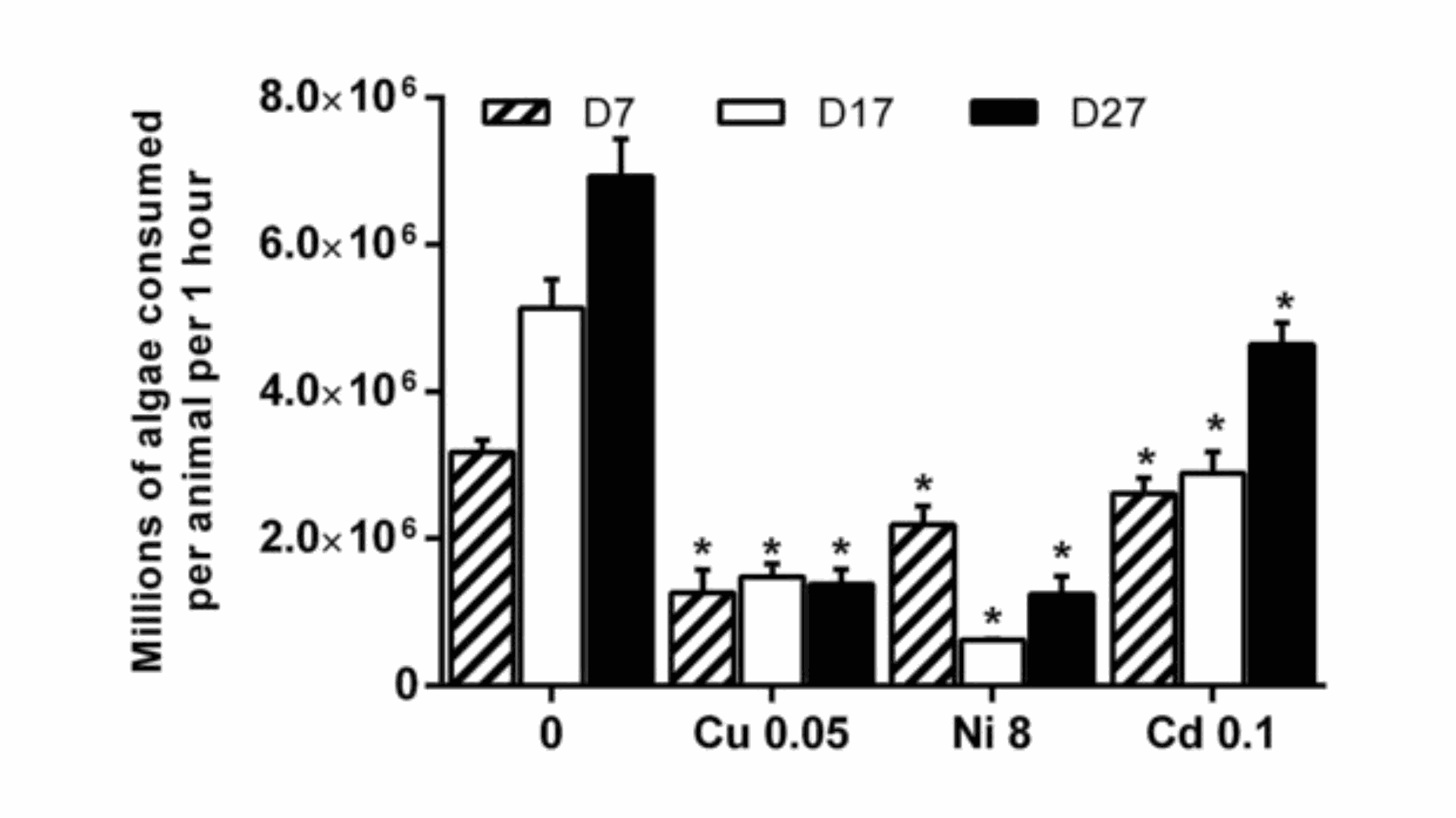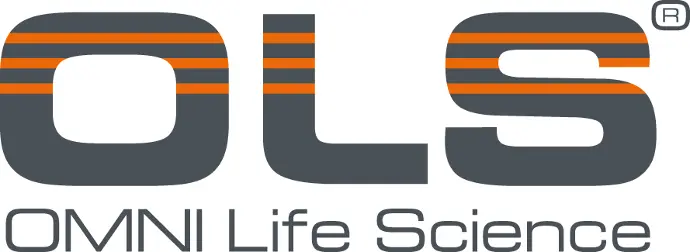Ecotoxicolody: Algae Feeding Rates of Dahphnia magna
Evaluation of an important marker of animal health with CASY

Prof. Dr. Konstantinos Grintzalis
School of Biotechnology, Dublin City University, Dublin, Ireland School of Biosciences, University of Birmingham, Birmingham, United Kingdom
Introduction
Phenotypic markers of animal health form an essential component of regulatory toxicology. The water fleas -Daphnia magna–provide a key species for freshwater ecotoxicology. An important marker of animal physiology and health is feeding rate. Developing miniaturisedapproaches would use fewer animals, less media and chemicals, less laboratory space and make the tests more compatible with automation, and therefore could result in considerable time savings. Furthermore, miniaturisingphenotypic markers to the ultimate level of a single animal per well would facilitate multiple measurements of other phenotypic markers, such as behaviouralresponses, which could be integrated at the individual level.
Using a CASY cell counter we developed a multiwellplate test that produces equivalent results as for traditional test
configurations, for different chemicals.
Methods
Having studied the impacts of varying algae concentration, total volume and animal density, we used this miniaturisedtest to show the impact of metals on the feeding activity on daphniids.
Daphniidsare exposed to chemicals or pollutants for a
defined exposure period. An algal suspension
(Chlorella or Chlamydomonasspecies) is prepared and
its concentration is measured using the CASY cell
counter.
Daphniidsare transferred into well plates with the same fixed volume of algal suspension.
After a feeding period (usually 1-2 hours), daphniids
are removed and the concentration of algae is
measured in each well. The consumption of algae or
feeding rate is estimated by the difference in algae
concentration and expressed per individual (Figure 1).

Fig. 1: Experiment Layout. Daphniidsare transferred into well plates containing a defined amount of algae. After 1 –2 hours the algae concentration is measured again.
keywords: OECD, Immobilisation, Algae, Multiwell plate, Automation, Metal Title image: CASY plot of Chlorella vulgaris (OLS) and Illustration by Christine Jurine in Histoire des monocles qui se trouvent aux environs de
Genève by Jurine, Louis, 1751-1819, Pl. 8. Publishedonline by BiodiversityHeritageLibrary. https://doi.org/10.5962/bhl.title.10137

Fig. 2: Feeding rate was determined with daphniidsof different ages exposed for 24 hours to metal stress and the impact on algae consumption was assessed. Data represent average±SD (n=5). *Statistically significant effect of metal treatment relative to unexposed controls, conducted for each age group (ANOVA, p<0.05). Daphniidsage was 7 days (D7), 17 days (D17) and 27 days (D27).
Results
Having standardisedour approach, we employed the test system to analysethe impacts of metals on feeding rate (Figure 2).
The control (0) shows that the feeding rate of
daphniidsclearly correlate with age.
Feeding rate significantly drops after a 24-hour
exposure to different metals used in this study:
Cu (0.05 mg/l), Ni (8 mg/l), Cd (0.1mg/l).
During growth, the response of daphniidsto a
24-hour metal exposure is different for different
ages (D7, D17, D27), elder animals showed
major changes.
Conclusion
Feeding rate is an important parameter for estimating the allocation of energy supplies in cladoceransand this test might well contribute to toxicological studies.
In this study we developed anoptimised,
miniaturisedtest system for acute toxicity and
algae feeding measurements in daphniids.
The feasibility of a multiwellapproach for Daphniatoxicity testing is confirmed. It requires less time and materials than a traditional assay and can provide phenotypic characterisationat a single animal level.
The CASY cell counter proved to be an accurate
and sensitive instrument for ecotoxicological
applications allowing fast, simple and label-free
measurements.


